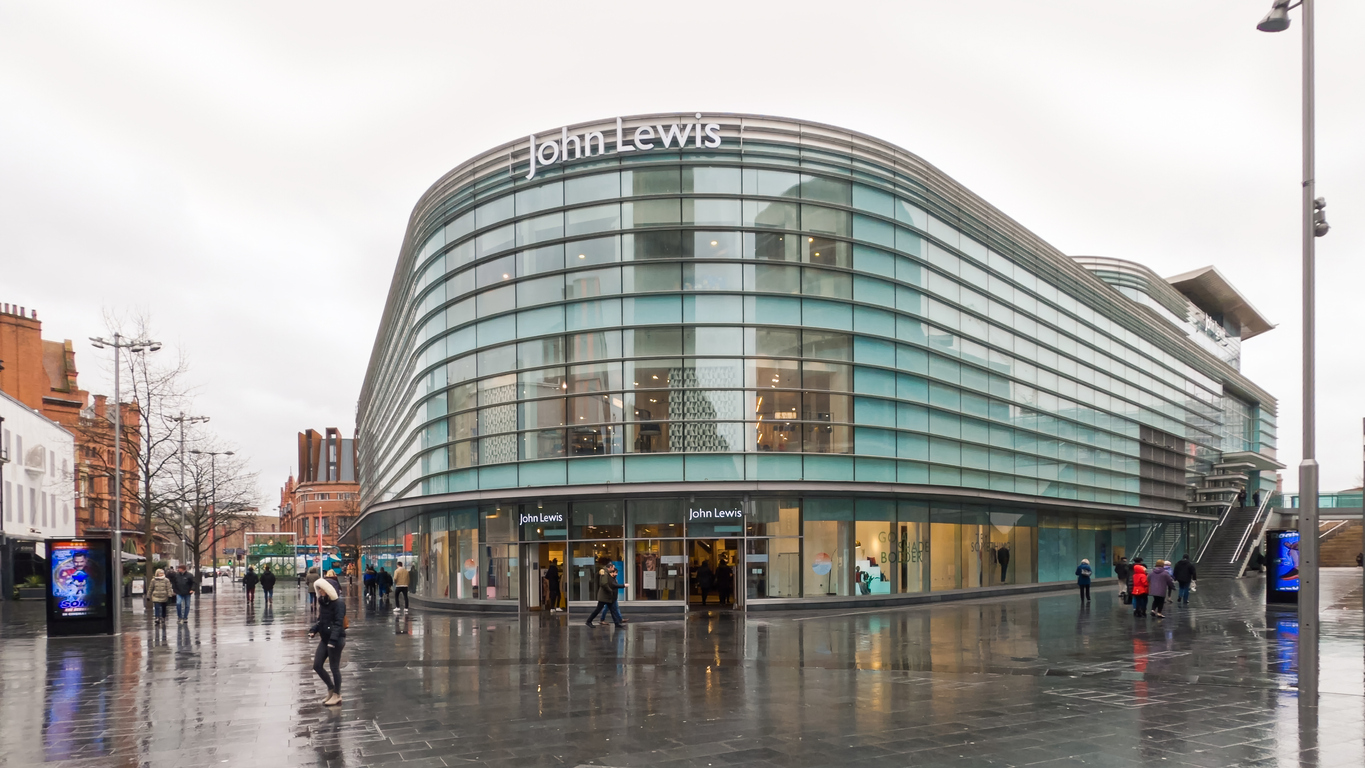The John Lewis Company, a well-known British retail giant, has carved a unique space in the market due to its rich history, partnership model, and strong company values. In this article, we’ll explore the company’s net worth, structure, history, and the values that set it apart from competitors.
John Lewis History
Early Beginnings
The John Lewis Company’s story began in 1864 when John Lewis opened a small drapery shop on London’s Oxford Street. Over the years, the business expanded, and in 1905, John Lewis’s son, John Spedan Lewis, joined the company. Spedan was instrumental in implementing the innovative idea of a partnership model, which ultimately shaped the company’s future.
Expansion and Growth
In 1937, the John Lewis Partnership was formally established. The partnership model allowed employees to be co-owners of the business, sharing profits and having a say in company decisions. This model fostered a strong sense of loyalty and commitment among employees, helping the company grow and expand.
Throughout the 20th century, the John Lewis Company acquired numerous businesses, including the Waitrose supermarket chain and various department stores. Today, the John Lewis Partnership operates over 50 John Lewis & Partners department stores and more than 330 Waitrose & Partners supermarkets.
Modern Times
In recent years, the John Lewis Company has faced challenges due to changes in consumer habits and the growth of online shopping. Despite these obstacles, the company has remained resilient and adaptable, focusing on improving its online presence, investing in technology, and staying true to its partnership model and values.
John Lewis Structure
Partnership Model
The partnership model is the cornerstone of the John Lewis Company’s structure. It operates on the principle that every employee, or partner, has a share in the company’s success. This approach creates a sense of ownership and involvement, fostering a collaborative work environment and a commitment to the company’s long-term success.
Governance Structure
The John Lewis Partnership is governed by a unique democratic structure, which includes a Partnership Council, a Partnership Board, and an Executive Team. The Partnership Council is made up of elected representatives from different areas of the business, ensuring.
John Lewis Net Worth
Net worth is the difference between a company’s total assets and liabilities. It measures a company’s financial health and is a key indicator of its ability to grow and sustain its operations. A well-structured governance system can significantly impact a company’s net worth.
Financial Performance
The financial performance of a company is directly related to its governance structure. A good governance system ensures transparency, accountability, and ethical behavior. This, in turn, helps build trust with investors, customers, and other stakeholders, leading to better financial performance.
Factors Contributing to Net Worth
Several factors contribute to a company’s net worth, including revenue growth, profit margins, and asset management. A robust governance structure can help companies improve these factors by ensuring efficient decision-making, risk management, and regulation compliance.
John Lewis Values
In addition to financial performance, a governance structure also reflects a company’s values and culture. Company values can be defined as a set of beliefs that guide a company’s behavior and decision-making. In the case of a partnership, the values are based on shared ownership, responsibility, and accountability.
The Partnership Difference
Partnership companies have a unique governance structure compared to other types of companies. Partnerships are built on trust, communication, and collaboration, which are reflected in their governance system. Partnerships value transparency, accountability, and consensus-building, which can lead to more effective decision-making and better outcomes.
Social and Environmental Commitments
Today’s consumers are increasingly concerned about social and environmental issues. Companies that have a strong governance system are more likely to integrate social and environmental commitments into their business practices. This can lead to a positive impact on the environment, society, and the bottom line.
A well-structured governance system is critical for a company’s success. It can impact a company’s net worth, financial performance, and its values and culture.
Companies prioritizing transparency, accountability, and ethical behavior are more likely to build trust with stakeholders and achieve better financial performance. Additionally, partnerships have a unique governance structure that values collaboration and shared ownership.
FAQs
- What is a governance structure? A governance structure refers to the system of rules, practices, and processes by which a company is directed and controlled.
- How does a governance structure impact a company’s net worth? A well-structured governance system can significantly impact a company’s net worth by ensuring efficient decision-making, risk management, and compliance with regulations.
- What are company values? Company values are a set of beliefs that guide a company’s behavior and decision-making.
- What is the partnership difference in governance structure? Partnerships have a unique governance structure compared to other types of companies. Partnerships value transparency, accountability, and consensus-building, which can lead to more effective decision-making and better outcomes.
- Why are social and environmental commitments important for companies? Social and environmental commitments are increasingly important for companies to build trust with consumers, create positive impact, and achieve better financial performance.







